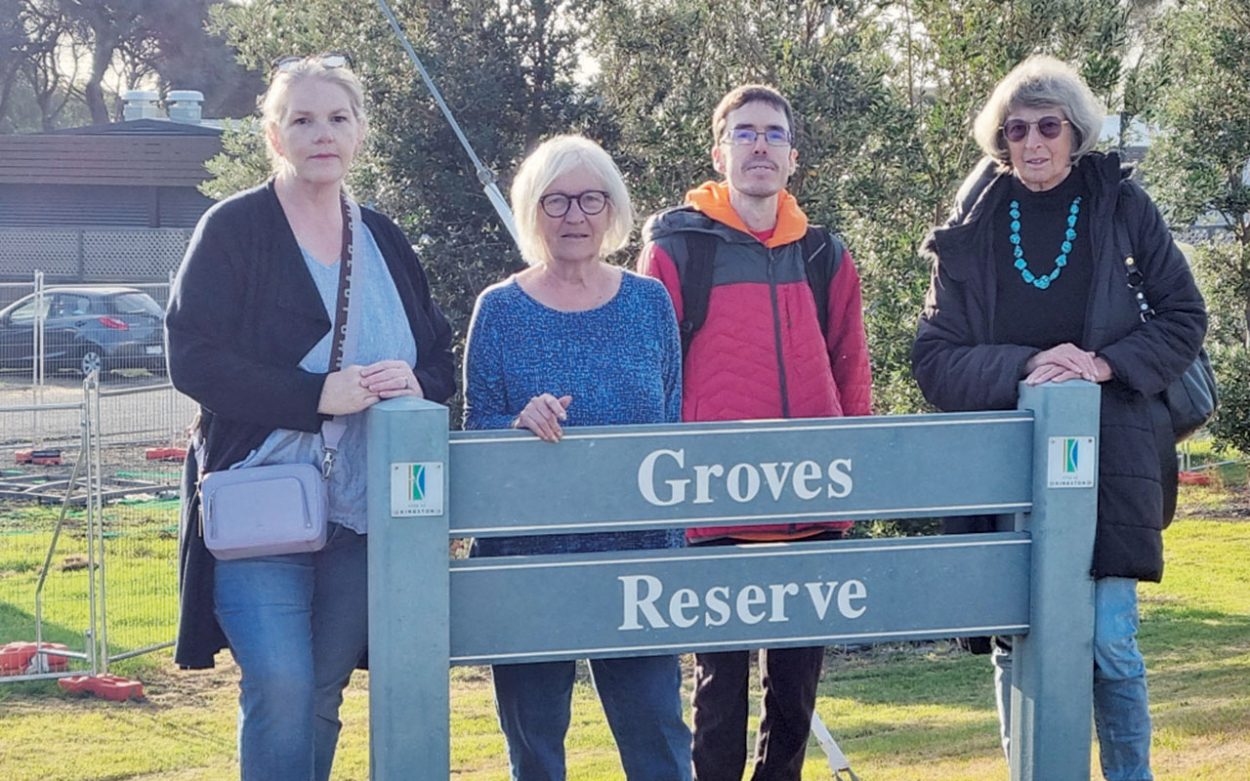DESPITE a promised reprieve, trees and other vegetation have been removed from Groves Reserve in Aspendale by the Level Crossing Removal Project. Groves Reserve is a remnant pocket of Banksia Woodland in between Nepean Highway and the train line at the border of Aspendale and Mordialloc.
Kingston Residents Association vice-president Rosemary West has slammed the removal, saying it was the worst environmental disaster in Kingston in living memory. “We were give assurances by the Member for Mordialloc, Tim Richardson, that we would have a two week reprieve, only to find out they have gone ahead and removed trees,” said West. “They have told us they are removing other trees, but leaving the banksias, but it appears the banksias have been heavily cut back and may not survive. “Further, Coast Banksia Woodland is more than just banksias, it is an endangered ecological class that includes other species, including tea tree and seven other species on Groves Reserve.”
West has spoken to an arborist that said a banksia with a circumference of more than three metres is likely to be at least 250 years old. “Our community is losing the last of what is left of the Coast Banksia Woodland vegetation that once lined the railway line through most of Kingston,” said West. “We are urgently requesting a stay of any further demolition of this environmentally significant woodland until further investigation and proper consultation with those of us who think it would be possible to proceed with the LXRP works without destroying the reserve.”
A Level Crossing Removal Project spokesperson told The Times “Early works are underway to get rid of three dangerous level crossings in Mordialloc and Aspendale, making roads less congested for locals and ensuring we can make the Frankston Line level crossing free by 2029.”
“We’re working with independent arborists and environmental experts to minimise the number of trees being removed as part of the project. Once the project is complete, we’ll plant more than 1,000 trees and 85,000 plants, shrubs and grasses in the area.”
First published in the Frankston Times – 18 February 2025

